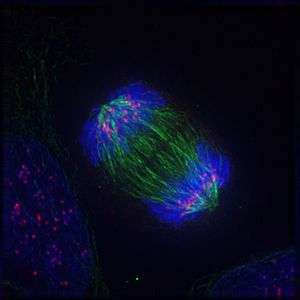Cytotaxonomy
cation of organisms using comparative studies of chromosomes during meiosis.

Cytotaxonomy is th
Description
Cytotaxonomy is branch of taxonomy, which uses the characteristics of cellular structures, such as somatic chromosome to classify organism. Improvement in the cytological techniques permit chromosomal studies. The Study of primate chromosome is another very active field, which provide very much information on relationships (chiarelli, 1996). The number, structure, and behaviour of chromosomes is of great value in taxonomy, with chromosome number being the most widely used and quoted character. Chromosome numbers are usually determined at mitosis and quoted as the diploid number (2n), unless dealing with a polyploid series in which case the base number or number of chromosomes in the genome of the original haploid is quoted. Another useful taxonomic character is the position of the centromere. Meiotic behaviour may show the heterozygosity of inversions. This may be constant for a taxon, offering further taxonomic evidence. Cytological data is regarded as having more significance than other taxonomic evidence.